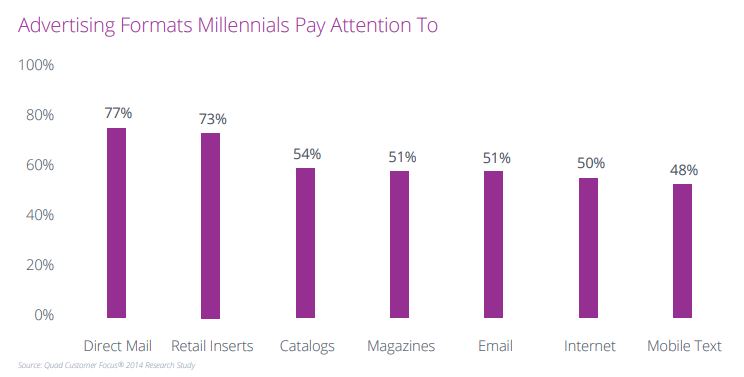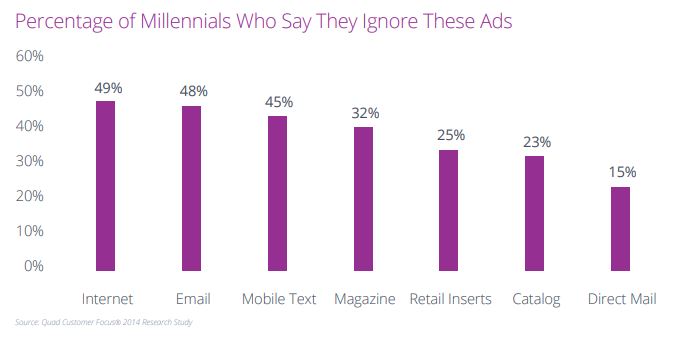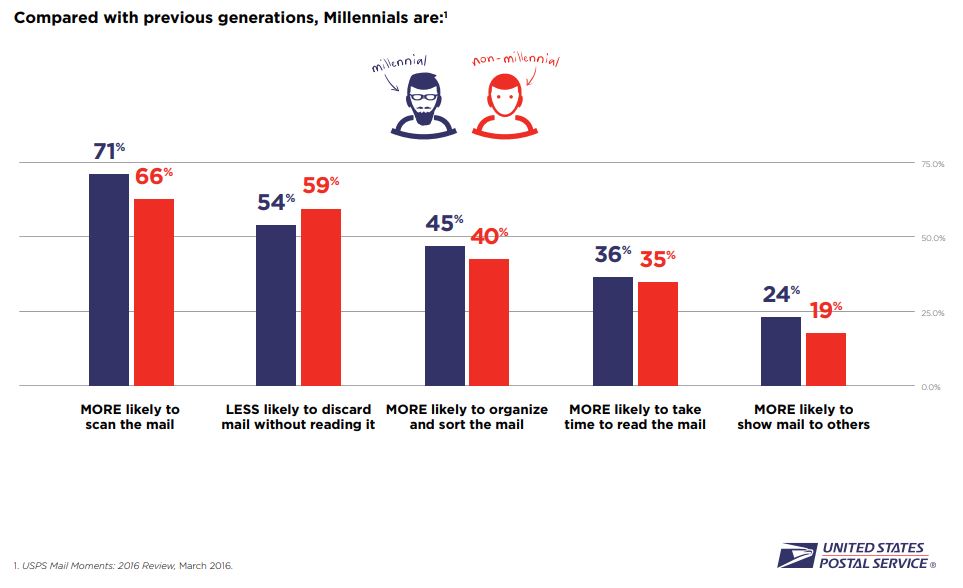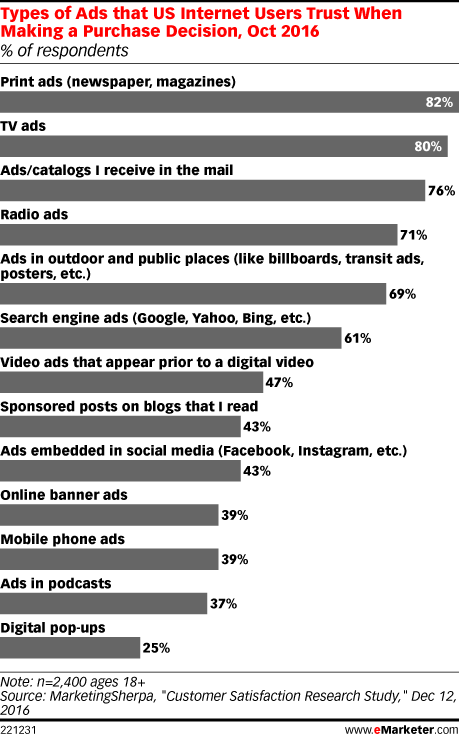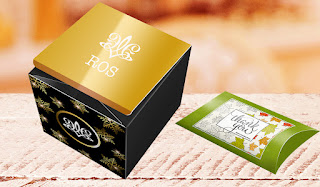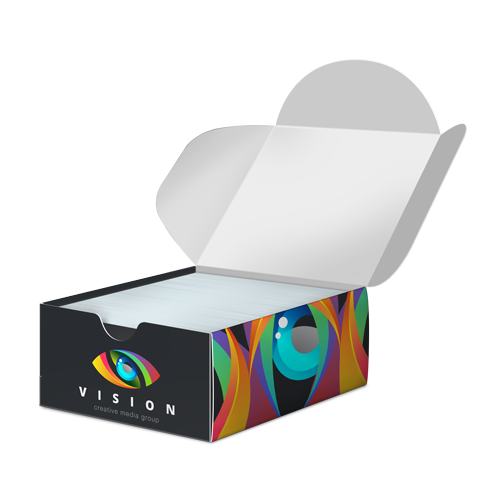Elevate Your Marketing Campaign with Postcards!
 Happy New Year! How crazy it’s already 2022! How was your 2021 marketing strategy? Whether splendid or slightly lacking, any marketing strategy has room for improvement.
Happy New Year! How crazy it’s already 2022! How was your 2021 marketing strategy? Whether splendid or slightly lacking, any marketing strategy has room for improvement.In the new year, try incorporating (or reincorporating) direct mail marketing strategies. This long-standing proven method, with added new technology, is a perfect way to hit the ground running in 2022.
And the best part? It can start with a simple postcard.
The Many Benefits of Postcards
Postcards are highly effective.
Did you know that 86% of customers take the time to read through their mail? Due to postcards’ higher visibility, you can expect a higher response rate than any other marketing medium, along with a 70% higher brand recall.
This translates into a high return on investment.
Every $167 spent translates into about $2000 in goods sold. That’s a great investment! Increase your benefits by incorporating a fantastic postcard design.
The Postcard Design
The postcard design is important and should complement your message and marketing strategy. Here are a few aspects of postcard design to keep in mind.
The material is part of the design, and it reflects on your company. For example, if environmentalism is essential to your company, share that value with your customers by using recycled material. Or, if you want to send a message of quality, then use heavier material. If your postcards are high quality, then your customers will believe your products and/or services to be high quality as well.
The size of the postcard is important too. Average-sized postcards are great and effective, but more oversized postcards will stand out due to their inherently larger nature. Try giving the 6-inch by 11-inch postcards a try.
The two main finishes are glossy or matte. A glossy finish portrays elegance, while matte seems more professional.
A well-thought-out headline is important! You want the headline to sum up your main idea while prompting the customer to keep reading.
A call-to-action prompts the potential client to react in response to the postcard. Examples include requesting that the customer call, visit the store, explore the website, or like/follow social media.
Call-to-actions are most effective when there is a deadline associated with them. Therefore, many companies find it beneficial to offer limited-time deals. Along with driving customer interaction and sales, a call-to-action will help you determine the effectiveness of your postcard campaign for future use.
Developing a Plan
According to Benjamin Franklin, “Failing to plan is planning to fail.” Set yourself up for success by planning your postcard campaign.
Set SMART goals. SMART goals are specific, measurable, achievable, realistic, and timely.
Set a budget. Don’t break the bank, but invest enough to see results.
It’s important to be aware of the static and dynamic postcard costs. Static costs don’t change, while dynamic costs depend on the number of postcards you decide to send. The more postcards you send, the overall cost per card is lowered. Static postcard costs include copywriting and design, while dynamic costs include printing services and postage fees.
Sending the Postcards
Next, you need to decide where you are sending these postcards.
- Send the postcards to existing customers. Given that they already have shopped at your business before, these postcards would mainly promote another sale.
- Create or rent a new mailing list. This strategy will reach new customers, generating new business. When you create or rent this new mailing list, ideally, you’re going to try to find households within your target market demographic.
- Every Door Direct Mail (EDDM): In this strategy, you mail a postcard to every household within a geographic area. Sometimes specific demographics congregate in neighborhood clusters. If you can identify your target market within a neighborhood, this strategy is useful. If your business is close to a certain neighborhood, it may be helpful to let the locals know about you, and they may love your business out of proximity convenience.
Repeat!
Send follow-up postcards.
Potential clients need to hear your company’s message about seven times before they decide to buy. The more familiar your business becomes to the customers, the better off you are. In marketing, familiarity generates sales because people are drawn to the familiar. Contact us today to get started! 516-561-1468 or FOR MORE INFORMATION ON ANY OF OUR MARKETING PRODUCTS GO TO: www.printcafeli.com


